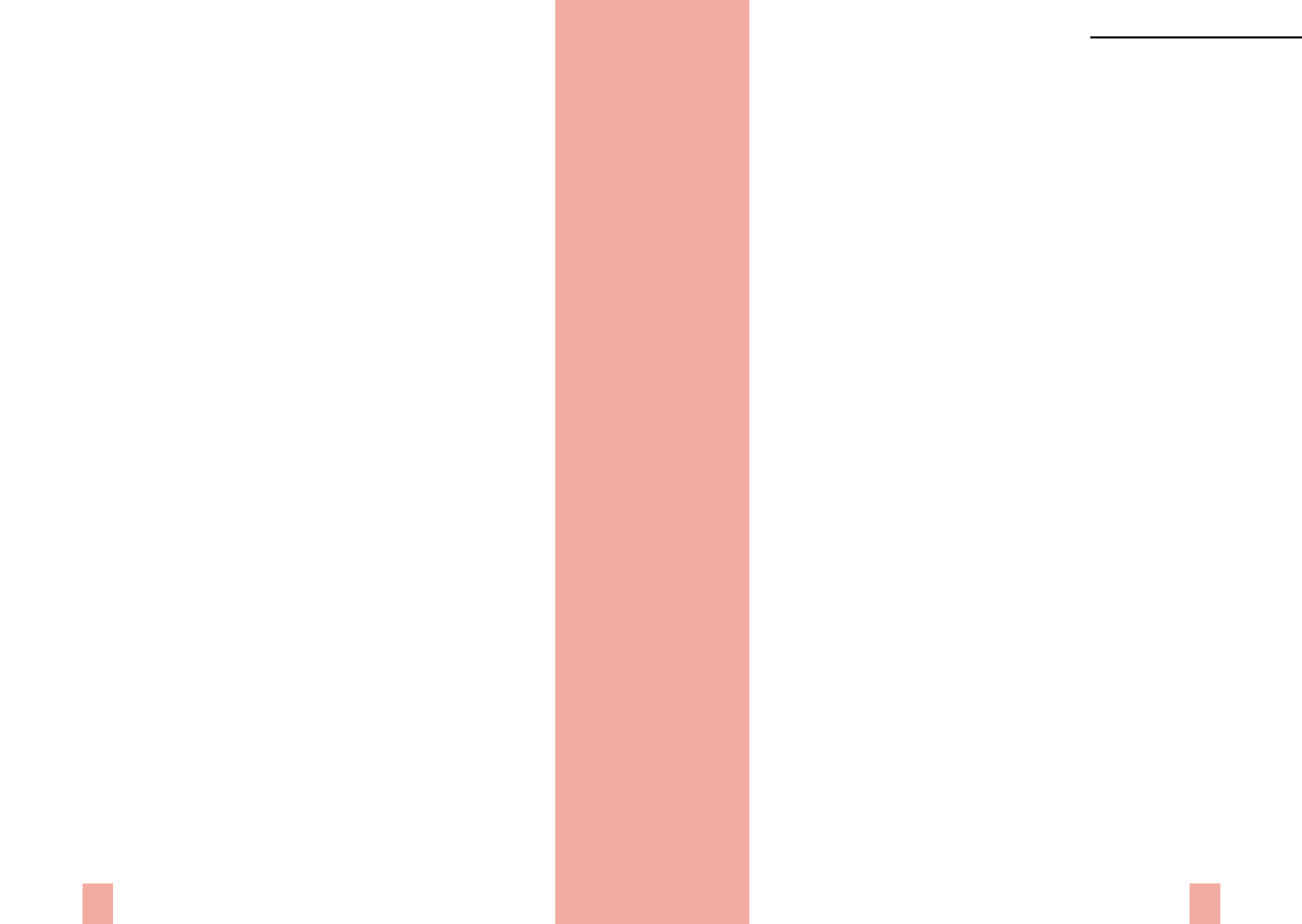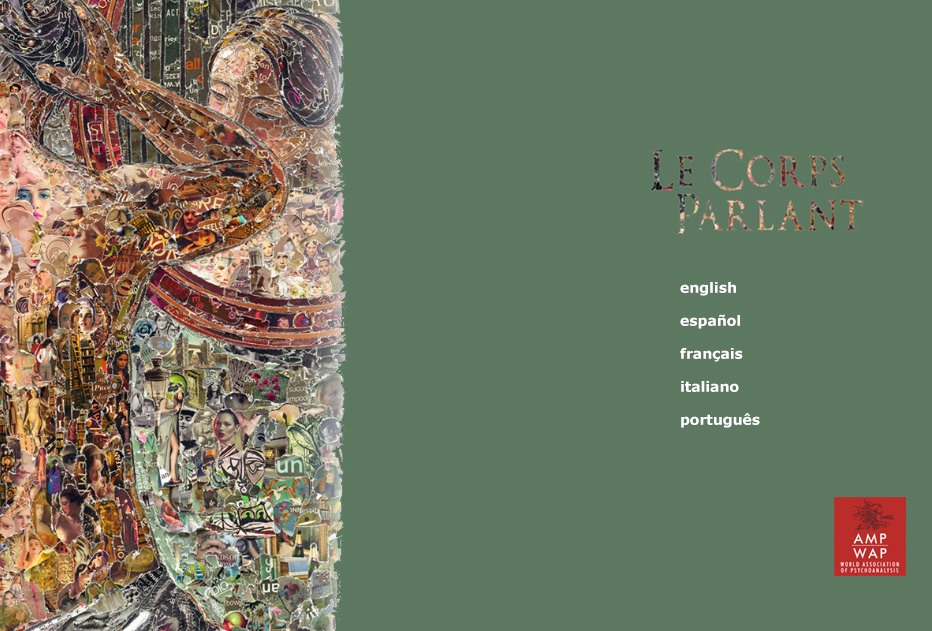

THE SPEAKING BODY
Xth Congress of the WAP,
Rio de Janeiro 2016
513
512
Svolos, Thomas.
The Supposed-to-know-to-read-otherwise
[PN 24,
2012]
“In this regard, if we think of the analyst as a
parlêtre
, a speaking being—why
not?—this is a possibility—perhaps we ought to place as much care into our
act as “being” as our act as “speaking”. Why can’t we literally accept this aspect
of our interpretation—the body act of interpretation—as a form of reading
otherwise, bringing the body, as Other, into play in a psychoanalysis?”
p. 71
Vandervenken, Yves.
Clinical Points of Perspective
. Trans.: D. Hafner
[HB 10, 2013]
“A social bond is a form through which a speaking being attempts to insert and
attach his living body to the signifier, that is, the instrument of language, in so
far as language comes to him from the Other. This knotting is never completely
accomplished however, and this is why it is always symptomatic. It pertains to
the major typical categories that determine different clinical fields and, at the
same time, remains always singular by virtue of its contingent character.”
p. 113
“In order to read certain contemporary phenomena in the so-called era of the
geek, we therefore have to understand what the autistic subject teaches us, which
is that every parlêtre has to kit himself out with his body in order to be able to
adjust it, although never completely, to the real of the drive.”
p. 114
IV /b. Unconscious
Alemán, Jorge.
Gays and Culture: Foucault and ‘Constructionism’
.
Trans.: J. Stone [RT 7, 2014]
“In sum, if the final Heidegger’s
analytic of existence
reveals its impasses
throughout Lacan’s reading, the
aesthetic of existence
of the final Foucault
is transformed into a technique with multiple possibilities, into an art of
philosophical living called upon to find a form escaping the subordinations of
structure. The Foucauldian subject had to be to be able to configure itself; from
there on it is vital that it not let itself be captured by any structure, even that of
the unconscious. It is necessary to pass beyond any structure to make place for
a multiform, plural subject of experience that encounters no other limit than its
own coherence.”
p. 102
Alvarenga, Elisa.
What is the Importance of Dreams in
Psychoanalysis Today?
[LCE, 2(1), 2011]
“To finish, we could say that dreams bear a paradox: they allow the connection
to the unconscious and its reading, connected to the truth of the subject, at the
same time that they point to what can’t be read anymore, and thus to the letter
of jouissance, the limit of the real.
The unconscious knowledge is not only an effect of the signifier, at the level of
language, but also of lalangue. Besides the symbolic and separated from it, there
is the real unconscious, not connected to the necessary symbolic repetition, but
to contingency.
Today, more than a subject to be interpreted, the dream itself is an
interpretation, according to Miller’s formula: “the unconscious interprets” and
Serge Cottet’s formula of the decline of interpretation.
The analyst does not allow the patient to analyze himself alone, because the
unconscious, as well as drive, need an Other to exist. … If the dream, as Freud
has also said, is the guardian of sleep, psychoanalysis allows the subject to wake
up, never completely, true, but enough to find satisfaction in drive, after passing
through the unconscious formation that is the dream.”
p. 6
Assef, Jorge.
The Zombie Epidemic: A Hypermodern Version of the
Apocalypse
[LCE, 2(7), 2013]
“I’m trying to say that the zombie, like other horror figures, causes an uncanny
effect; yet this isn’t only the result of the representation of the zombie that we see
on the screen, but also the result of what the figure, in turn, moves in our own
unconscious aspects. Then we need to rethink [George] Romero’s statement,
The
zombies are the neighbors.
”
p. 5
Bassols, Miquel.
Psychoanalysis, Science and the Real
[LCE, 2(9),
2014].
“But how could you reproduce the experience of a psychoanalytical session,
or a psychoanalytical interpretation? It’s completely impossible. When you
deal with the subject of the unconscious, you deal with a real that cannot be
reproduced. You cannot reproduce under the same conditions the unconscious
formations that constitute the emergence of the subject of psychoanalysis; you
cannot reproduce under the same conditions a dream and its interpretation, you
cannot reproduce under the same conditions a parapraxis, a Freudian slip, or
what is more important, you cannot reproduce the effect of a psyhoanalytical
interpretation itself.”
p. 6
“If we have to approach the real that makes specific psychoanalytic clinics in the
field of science, it is better to look at the unconscious formations themselves as
Authors of the Freudian Field



















